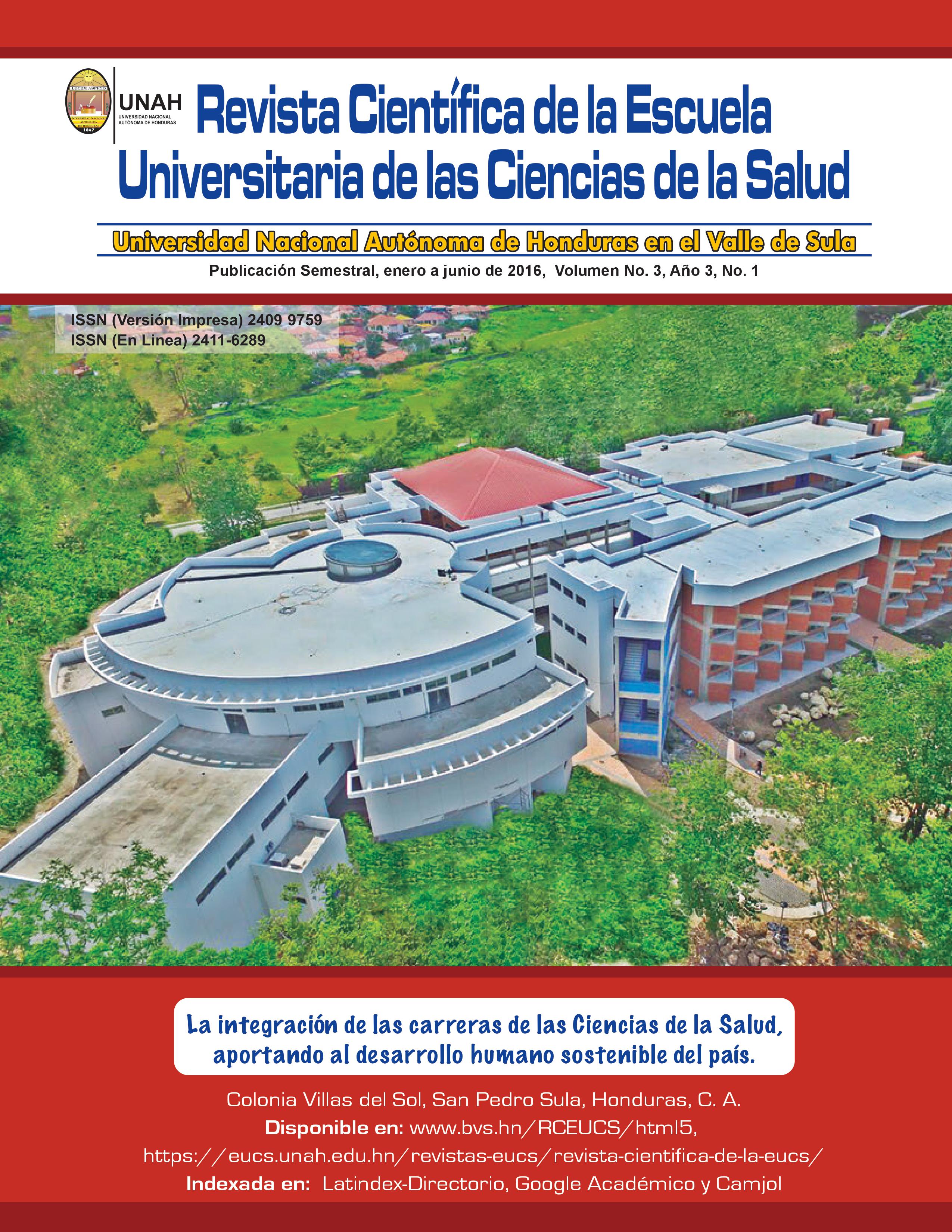Histology: from its origin to actuality
DOI:
https://doi.org/10.5377/rceucs.v3i1.7025Abstract
Histology is a branch of anatomy that studies the tissues of animals and plants. Although the term is not synonymous to microscopic anatomy, both are used interchangeably to refer to the study of the microscopic structure of cells, tissues and organs or systems. To this end, it has been indispensable the invention of the microscope that began since the discovery of glass, crystals and lenses which then led to simple microscopes then compounds and in the last century they evolved into the electron microscope with greater resolution (oA 250). Histological techniques and dyes are essential for observing microscopic tissues. There are many figures in medicine ́s history, who participated in histologically describing the human body, which is why different histological structures carry eponyms or terms that consist of the names of its discoverers, e.g.: “malpighian corpuscle”. The Federative Interna- tional Committee on anatomical terminology (FICAT) under the auspices of the International Federation of Associations of Anatomists (IFAA) was commissioned with unifying the international morphological terminology, publishing histological terminology in 2008. The Pan American Association of Anatomy (APA) was founded in 1966 in Mexico City and since 2009 the Iberolatinoamericanos Anatomic terminology, Embryological and Histological Symposia (SILAT) are made, in order to translate into Castilian the INTERNATIONAL MORPHOLOGICAL TERMI- NOLOGY, for daily employment of medical educational institutions and other spanish and portuguese speaking health areas.
Keywords
Coloring Agents, Histology, Microscopy
Downloads
242768




